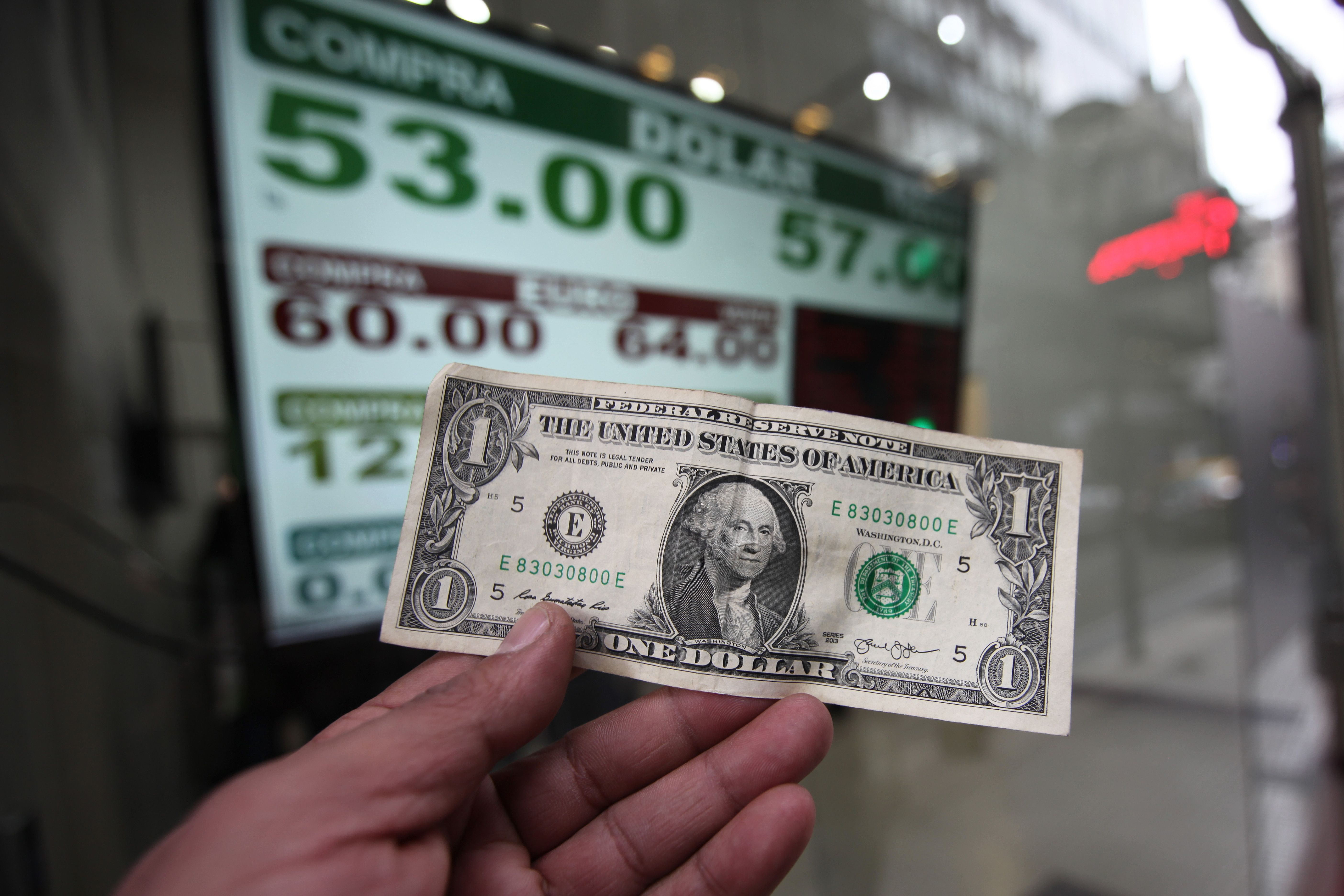The Role of the Economy in the U.S. Presidential Campaign

Economic Effects of the Pandemic and Anti-Crisis Measures
In March, when the number of coronavirus infections significantly increased, U.S. state authorities introduced restrictions (e.g., lockdowns) that limited, among others, the ability of citizens to move about and the operation of shops, factories, and services. On 13 March, the Trump administration introduced a federal state of emergency. The deterioration of economic activity contributed to a decline in GDP in the first quarter by 5%, and in the second by as much as 31.4%, the largest in U.S. history (on an annualised basis, quarter-on-quarter, showing how annual GDP might change if the same as in the analysed three months). The drop was largely the result of a sharp decrease in personal consumption—in the second quarter, it fell by 33.2% compared to the previous three months—which accounts for more than two-thirds of U.S. GDP. Corporate profits, foreign trade turnover and investments also fell. As a result, unemployment rose dramatically—in April it was as high as 14.7% (the highest since the Great Depression in the 1930s), up from 3.5% in February (the lowest in 50 years). Moreover, in March, U.S. stock exchanges recorded the biggest drops since the financial crisis of 2007–2009.
To combat the effects of the pandemic, the U.S. government introduced the largest stimulus package in history, worth almost $3 trillion. Its main element was The Coronavirus Aid, Relief and Economic Security Act (CARES Act), which provided $2.3 trillion in support, for example, business loans and unemployment benefits. In addition, the U.S. Federal Reserve lowered interest rates to 0–0.25% and started buying government and corporate bonds. These actions, along with the reduction of restrictions related to the pandemic since May, have contributed to an improvement in the U.S. economy. According to initial data, GDP increased by 33.1% in July-September (annualised, quarter-on-quarter), which was the highest single quarter jump in history. Personal consumption rose by 40.7% in comparison to the second quarter and unemployment fell to 7.9% in September. U.S. stock indices also climbed—the S&P 500 and Nasdaq reached all-time highs in August. However, the increase in uncertainty in the U.S. economy is influenced, among others, by the lack of agreement between Congress and the administration on a new stimulus package (most of the previous one expired in August). This is related mainly to the Republican reluctance in the Senate to spend more, citing the record deficit (15.2% of GDP, which is $3.1 trillion in fiscal year 2020—three times more than in 2019). Nevertheless, in the October report, the IMF estimates that in 2020 U.S. GDP will fall by 4.3% (in June it forecasted -8%), and in 2021 it will increase by 3.1% (the June estimate was +4.5%).
Trump: Continuation of Economic Policy
In his campaign, Trump has claimed that, pre-pandemic, he made the economy boom and he can do it again. Therefore, in the event he wins, current U.S. economic policy is expected to continue. Further tax cuts are likely (the Trump administration introduced a major cut in 2017) as is additional deregulation, including in the financial sector. Trump promises to create 10 million jobs in 10 months and one million small and medium-sized enterprises (SMEs), and to make infrastructure investments. To stimulate economic growth, the president favours limiting the pandemic-related restrictions. Moreover, despite the resistance of Senators from his own party, he supports an ambitious new stimulus package. At the same time, he has criticised Biden and other Democrats who call for tax increases.
The protectionist U.S. trade policy can also be expected to continue. Trump also has announced he will conclude new trade deals, which may include the so-called “Phase 2” agreement with China or an agreement with the EU on industrial products. To create the new jobs, he wants to continue to support the relocation of factories to the U.S. (especially from China), although the effects of these actions have been minor so far. The introduction of tax breaks for investors is intended to promote such changes. Trump also signals the possibility of punishing U.S. companies that produce goods outside the U.S, for example, by excluding them from government contracts.
Biden: Rebuilding
For the Democratic candidate, the priority is to reduce the scale of the pandemic, which he argues will translate into more consumption and investment. He criticises Trump for initially disregarding the threat posed by the pandemic and reacting late. Biden emphasises that he not only wants to revive the American economy but also use the crisis to build it anew. This message is visible in the name of his economic programme, “Build Back Better”. It means, among other aspects, creating well-paid jobs and fighting social inequalities and racism. To this end, Biden suggests support for companies owned by ethnic minorities. He has also announced the allocation of $400 billion for the purchase of American products by the federal government and $300 billion for R&D purposes. He wants to undo key changes introduced by Trump’s tax reform, including raising taxes again on corporations and the wealthiest Americans, and he intends to implement financial incentives for investors.
To further stimulate the economy, Biden wants to increase support for the unemployed, raise the minimum wage, introduce tax breaks for SMEs, and implement large public investments, including in housing and transport. He favours a “green transition” to reach the goal of a zero-emission economy by 2050 and has announced he will deploy $2 trillion over his four-year term in office for “green energy” projects, as well as return the U.S. to the Paris climate agreement. Biden and Trump share a tough approach to China, also in areas of trade and technology, however, Biden criticises the incumbent president for imposing tariffs that have hit U.S. producers and consumers. At the same time, Biden plans to introduce a tax on the profits of American companies that produce goods abroad (e.g., in the China) and sell them in the U.S.
Conclusions and Prospects
Despite the improvement in the second half of the year, the U.S. economy remains in a difficult situation. The rebound has been limited, mainly due to the worsening pandemic—the U.S. hit a record almost 100,000 new cases a day on 1 November—and the disagreement over a new stimulus package.
The nation’s economic problems, including the still high unemployment, increase Joe Biden's chances of winning the election. At the beginning of November, support for him nationwide was about 9 percentage points higher than for Trump. Biden also leads in most of the so-called swing states, which tend to alternate votes between Democrats and Republicans, and thus are key to winning the election. Trump also has declined in polling on the candidates’ ability to cope with economic issues, with him and Biden now rated similarly in this area. This is important because, according to a Pew Research study, the economy is the most important area for almost three-quarters of voters. History also speaks for the Democrat—since 1900, only one incumbent president of the United States who faced a recession in the last two years of his term has managed to be re-elected. With the likely victory of the Democrats in simultaneous elections to both houses of Congress, the implementation of Biden’s economic plans would be easier.
For the EU, a Biden victory may mean an easing of the trade disputes with the U.S. and joint investments in “green technologies”, among other policy changes. The Democratic challenger, unlike Trump, puts more emphasis on actions with international organisations. This could facilitate, for example, EU-U.S. cooperation on WTO reform and in the context of economic relations with China. Both Biden’s and Trump’s economic programmes pose challenges for the EU, though, such as the stiff competition between European companies and American enterprises strongly supported by the federal government or the maintenance of limited access to the U.S. market. Poland may benefit from an increase in the stability of EU-U.S. relations, such as an improved investment climate and lower uncertainty in the functioning of global value chains in which Polish companies participate.


